Oft-rumoured and highly anticipated, Xenoblade Chronicles 3 arrives with a surprise release, especially considering the sudden push forward with its release date from its initial September launch window. But now we all have it in our hands and the vast world of Aionios is ours to explore. With such a large legacy spanning decades, even before the Xenoblade series began, the culmination of an epic trilogy has some mighty big shoes to fill.

Xenoblade Chronicles 3
Nintendo Switch
Developed by Monolithsoft
Published by Nintendo
Released: 29th July 2022
Digital copy provided by Nintendo UK
The story of Xenoblade Chronicles 3 takes place on Aionios, a merger of the worlds from Xenoblade Chronicles 1 and 2 (abbreviated to XC1 and XC2 from here on). Two nations have arisen from the ashes of each universe, Keves and Agnus, each led by a seemingly familiar face from each game. By taking the lives of the opposing nation, they fill up a colony’s Flame Clock; if this clock empties, the lives of the colony come to an end. Alongside that, a person only has ten years to live, dictated as terms. People are born from the grace of a nation’s queen as a child of around 10 years of age. Upon the end of your tenth turn (if you even make it that far) you get sent back into the queen’s embrace through a homecoming ceremony, scattering into motes of bright light. Six heroes, three from each nation, unknowingly trigger an event that permanently changes their remaining lives. Now pitted against fate itself, they fight against the way of the world, hoping to free everyone from the vicious cycle of endless death.
The six main characters have all manner of differing backgrounds, taking cues from the prior games lore to craft totally unique designs and personalities. From Keves, we have Noah, Eunie, and Lanz, taking cues from the Homs, High Entia and Machina races from XC1 respectively. From Agnus, we have Mio, Taion and Sena, a Gormotti, human and Blade from XC2. All six are both visually distinct from each other and all have diverse personality traits, often clashing with each other for humorous, and sometimes dramatic, effect. Despite this, they all bond well with each other and create a big found-family group of ragtag youngsters trying to find a meaning to their newfound existences.

Other notable characters take the form of recruitable heroes, also with a wide variety of designs and personalities taking even more cues from prior series lore. They occupy a seventh, but unplayable, slot on the party and bring a multitude of new classes along with them, transferable to the core six with their own set of unique arts and skills. Some are more important than others, being directly involved in the main plot in some manner, whilst others have less importance or are even outright optional. These encounters lend themselves to an episodic feel, fleshing out the world bit by bit.
Much like the main story, these side adventures are all about breaking free from their shackles, each hero comes to terms with the idea in different ways and adds to the overall complexity of the world. Not only that, but they’re all plain fun one way or another. Some also outshine the main crew, you’re no doubt going to pick out your favourites from the bunch. They feel like an extension of the Blade system of XC2, but without the random chance “gacha” mechanics making them obtuse to obtain. It’s worth exploring the world thoroughly to find their haunting grounds and is very rewarding to add to your roster.
As is always the case with any Xenoblade game, the world design is on another level. Not only are there vast expanses that lay ahead of you, but they take you through plenty of familiar locales from the prior two numbered entries, granting both a feeling of new discovery and a trip through memory lane. Even from the very beginning, the game heavily encourages exploration, dangling carrots like pickups and item containers scattered all over. The introduction area, which is literally a linear path through a crevasse towards the starting colony, is littered with differing levels with trinkets to uncover, spelling out from the very beginning that you can go off the beaten path at any time and be rewarded for it.

Not only that, but the open-ended nature of progression outside of the main story lends itself to a sort of “Metroidvania” approach, in a mild sense at least. Various heroes grant new traversion techniques, such as rail grinding or climbing up steep slopes, which open up newer areas to discover; many of which you may have stumbled upon much earlier with no way to surpass. It is a treat to explore, even after the credits have rolled, as there are plenty of areas you couldn’t possibly uncover until you have really powered yourself up with post-game content.
Combat takes elements from both Xenoblade Chronicles 1 and 2, combining them in unique ways to create a robust system that’s both new and familiar. Taking more cues from XC2, you have auto-attacks that trigger when stationary as well as special arts with unique effects attached to the X, Y and B buttons. Timing these arts right after an auto-attack lands will also net you a boost, indicated by a blue ring flashing on the character you’re controlling. These arts have cooldowns that fill up based on the faction of the character’s class, Keves arts being on a timer and Agnus with auto-attack hits. Lastly, you have a talent art which builds up gradually when performing certain actions, which differ based on what class you are, which acts as a more powerful art.

There are many more systems at play too, where you can get arts from other classes you’ve used for Master Arts, which use the dpad to activate, as well as Fusion Arts, which combine the effects of normal and master arts. You can also fuse with another party member into an Ouroboros form, which grants a new set of even more powerful arts, but this form is limited by a heat gauge that fills with time and by using arts, once full you will be forced out of Ouroboros and will have to wait for it to cool down again before you can use it again (though you can cancel early to greatly reduce the cooldown).
Quests are typically no different from how they were in XC2, though more cohesively organised in the menu, but there are now new methods of actually discovering them. In various colonies there will be people with a unique exclamation mark above their heads, by hanging around them they will openly discuss topics which get added to a discussion list whenever you’re in a camp. Here, the party members all chime in with their thoughts on the subject, leading to either a new quest to take on or some bonus experience. This really makes you feel more involved in the matters of the world.

Tutorials have always been an iffy subject with the Xenoblade series. Whilst the first game had fine enough tutorials, allowing you to check up on them in a menu, its sequel had really bad ones that often didn’t convey enough information or were sometimes outright wrong (they also couldn’t be revisited). Not to mention Xenoblade X, which tucked a lot of its tutorials, though admittedly detailed, away in the digital manual. Xenoblade 3, however, has some of the best tutorials available. Not only can they be checked up on again within a tips menu, but there are also playable training drills where you can actually try out all sorts of mechanics just a click away. This allows you to experiment with different aspects without having to commit to certain builds, only to find out they weren’t your style.
The Collectopaedia returns from XC1, but now with an extra twist with Collectopaedia Cards. The cards come with requests from various people you meet across your adventure, effectively replacing fetch quests of old by just having them automatically appear in this new menu instead of having to accept them from the quest giver. This leaves the rest of the standard style of quests to be more involved than just “grab X amount of this”, while still giving you the opportunity to passively obtain items steadily to redeem for various rewards.

The localisation in this game really is something to behold. Great lengths have been made to really expand the world with vibrant dialects ranging from broad Cockney (innit) to thick Australian. Special care has been put in to maintain consistency with prior games, even having Sena have an American accent to match her “race” being a Blade from XC2. Not only that, but it’s been embellished with a wide array of colourful language, from the typically British “arse” to more creative, in-universe cursing with the likes of “spark you!” and “snuff that!” replacing more extreme expletives.
The voice acting is also absolutely superb, having been previously so-so in XC2 after the stellar performance from the first game. Attention to detail is immaculate, as the typical foul-mouthed Eunie will often be the one to have crude vernacular over the more pretentious Taion. Also a first for the series is automatic lip syncing, meaning the English and Japanese dubs will have unique lip flaps from each other. This means there are no longer any instances of off-putting lip-syncing not matching the spoken dialogue. The one exception would be the infrequent pre-rendered cutscenes, but most scenes are in-engine and don’t suffer as a result.
The visuals have taken things to another level, as Monolithsoft have been refining their engine for many years now. Not only are things more detailed, but it seems to run better too. Whilst the adaptive resolution of the prior two Switch entries is still present, it doesn’t seem to drop nearly as low as them, maintaining higher resolutions more often. The sharpening method used also masks times where it does drop rather effectively. As for the performance, it seems to be a largely stable 30 frames per second for a vast majority of the time, though it does sometimes noticeably drop during more intensive scenes. It is still massively impressive that even with seven party members going all out in battle that the performance doesn’t hit rock bottom.

It’s abundantly clear that Monolithsoft have taken a lot of criticism and praise to heart when crafting Xenoblade Chronicles 3. Every aspect has been fine tuned with all the feedback over the years, with a lot of quality of life changes as well as adapting things that weren’t quite as well received into much more agreeable solutions. Not only that, all of the new aspects are shockingly refreshing and feel just as refined as the parts that have been polished over the many years of experimentation. This feels like a fine tribute to the series as a whole whilst not pandering to fanservice and nostalgia, feeling new and exciting, yet familiar at the same time. It may possibly still be too complex for some people, even with the streamlining of many mechanics, but for diehard RPG fans and anyone into deep, rewarding systems, Xenoblade Chronicles 3 deserves your attention.
Final rating – 5 out of 5
Xenoblade Chronicles 3 is available now for Nintendo Switch.
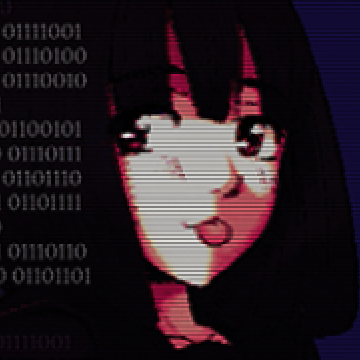
Long time fan of Nintendo and games in general, I always lean on the quirkier and unique sides of things in particular. It all started when I was lucky enough to get a Gameboy Color and Pokemon Yellow for my tenth birthday and it’s been going strong ever since. I’ve always had a need to get my voice heard and share anything I find interesting with the world.


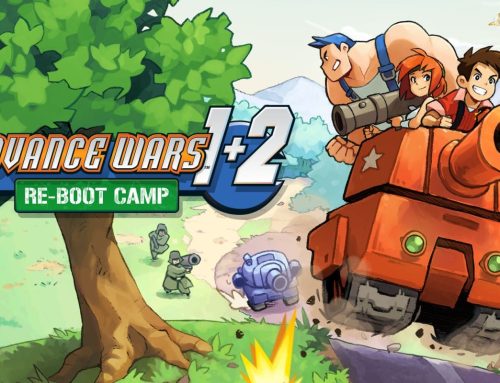
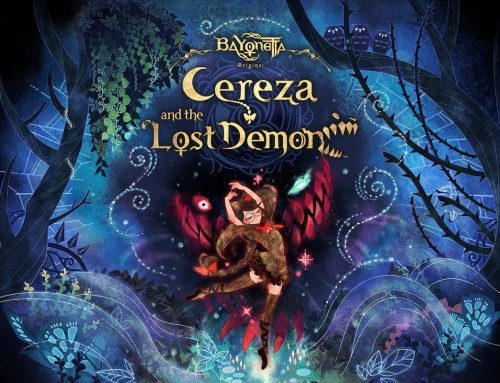
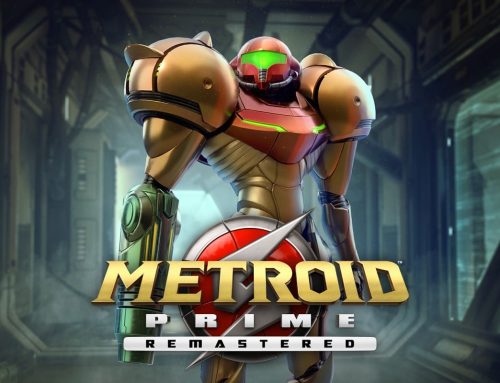
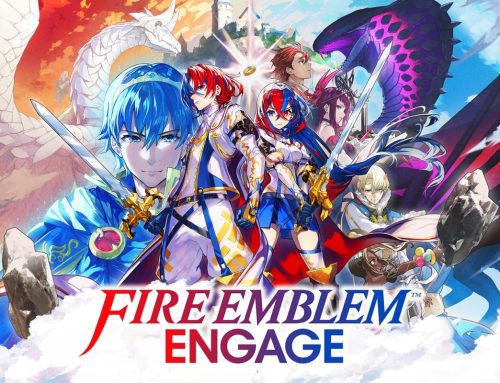
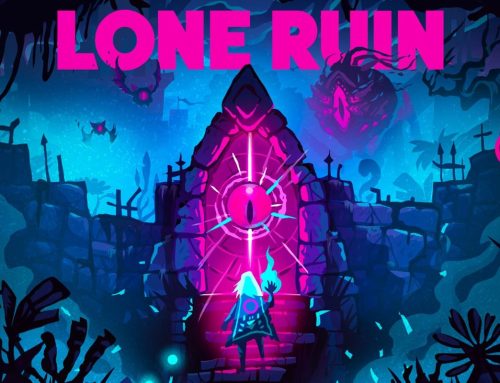
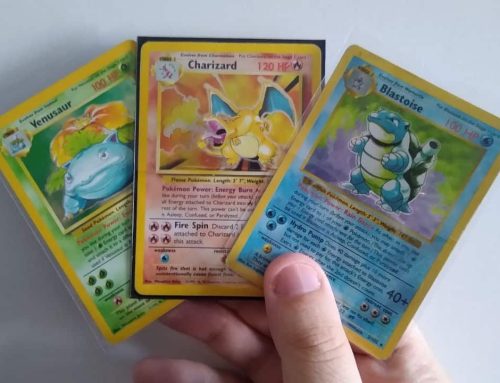
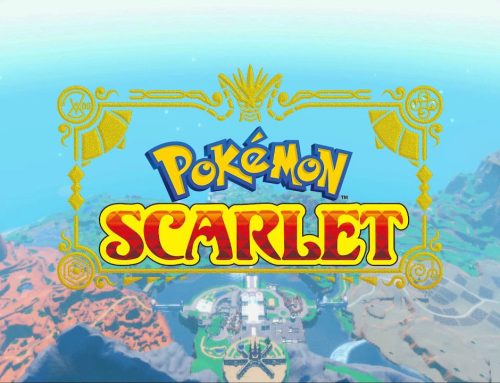
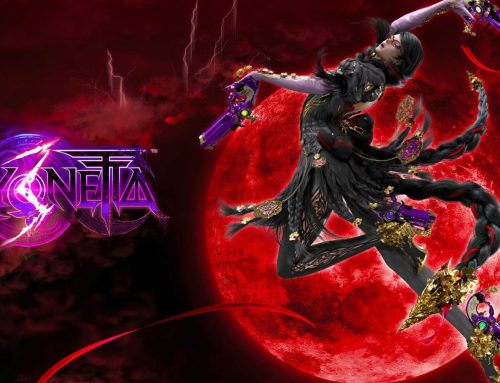
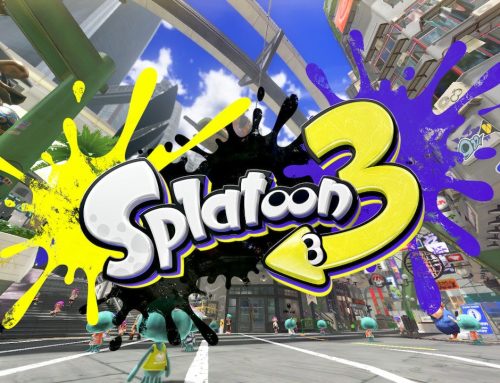

Leave A Comment
You must be logged in to post a comment.